Questões de Vestibular de Inglês
Foram encontradas 5.955 questões
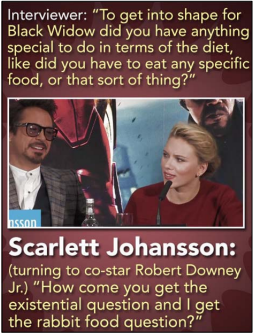
(Disponível em https://www.cracked.com/blog/14-epic-comebacks-stars-gave-tostupid-interview-questions/. Acessado em 25/06/20.)
Em sua resposta, a atriz
Robot priests can bless you, advise you, and even perform your funeral
By Sigal Samuel Updated Jan 13, 2020, 11:25am EST
A new priest named Mindar is holding forth at Kodaiji, a 400-year-old Buddhist temple in Kyoto, Japan. Like other clergy members, this priest can deliver sermons and move around to interface with worshippers. Mindar is a robot, designed to look like Kannon, the Buddhist deity of mercy, and cost $1 million.
As more religious communities begin to incorporate robotics — in some cases, AI-powered — questions arise about how technology could change our religious experiences. Traditionally, those experiences are valuable in part because they leave room for the spontaneous and surprising, the emotional and even the mystical. That could be lost if we mechanize them.
Another risk has to do with how an AI priest would handle ethical queries. Robots whose algorithms learn from previous data may nudge us toward decisions based on what people have done in the past, incrementally homogenizing answers and narrowing the scope of our spiritual imagination. One could argue, however, that risk also exists with human clergy, since the clergy is bounded too — there’s already a built-in nudging or limiting factor.
AI systems can be particularly problematic in that they often function as black boxes. We typically don’t know what sorts of biases are coded into them or what sorts of human nuance and context they’re failing to understand. A human priest who knows your broader context as a whole person may gather this and give you the right recommendation.
Human clergy members serve as the anchor for a community, bringing people together. They provide human contact, which is in danger of becoming a luxury good as we create robots to more cheaply do the work of people. Robots, notwithstanding, might be able to transcend some social divides, such as race and gender, to enhance community in a way that’s more liberating.
Ultimately, in religion as in other domains, robots and humans are perhaps best understood not as competitors but as collaborators. Each offers something the other lacks.

Injured ape
Nisha Gaind (Bureau chief, Europe). This X-ray shows a baby Sumatran orangutan (Pongo abelii) with a fractured arm. Conservation workers rescued the animal, named Brenda, from a village on the Indonesian island where she had reportedly been kept illegally as a pet. As editors, we see lots of photographs of conservation, but this image struck me for many reasons: the ‘humanness’ of Brenda’s shape, her innocence and the dedication of the conservation centre, which flew in a surgeon to operate on the animal.
(N. Gaind e E. Callaway. The best science images of the year: 2019 in
pictures. Nature, v. 576, n. 7787, p. 354–359, 16/12/2019.)
Sobre o texto “The best science images of the year: 2019 in
pictures”, considerando a imagem radiográfica que ele traz,
é correto dizer:

TEXTO 1

(Gemma Danks. Science jokes for kids - with explanations and fun facts. Disponível em https://www.palebluemarbles.com/science-jokesfor-kids/. Acessado em 5/8/2020.)
TEXTO 2

Gemma Danks. Science jokes for kids - with explanations and fun
facts. Disponível em https://www.palebluemarbles.com/science-jokesfor-kids/. Acessado em 5/8/2020.)
Which are the fields of competence mentioned in the text that UNESCO looks for in NonGovernmental Organizations?
Which alternative shows the best summary of the graph?
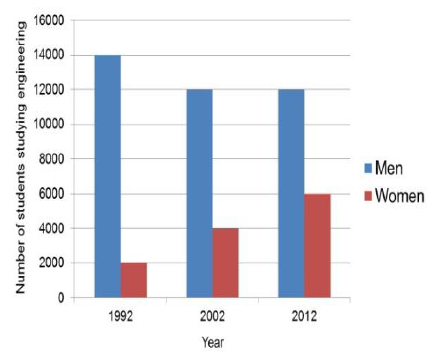
Adapted from https://preply.com/en/blog/2018/08/17/charts-graphs-and-diagrams-in-the-presentation/
The fourth installment in the Avengers saga is the culmination of 22 interconnected Marvel films and the climax of an epic journey. The world's greatest heroes will finally understand just how fragile our reality is – and the sacrifices that must be made to uphold it – in a story of friendship, teamwork and setting aside differences to overcome an impossible obstacle.
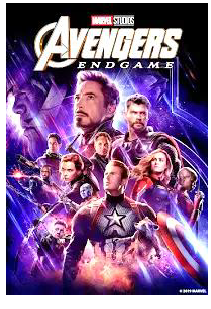
https://play.google.com/store/movies/details/Marvel_Studios_Avengers
What is necessary for the heroes to do in order to win in the end of the saga?
“The old believe everything; the middle-aged suspect everything; the young know everything.”
Oscar Wilde (Ireland, 1854 – 1900)
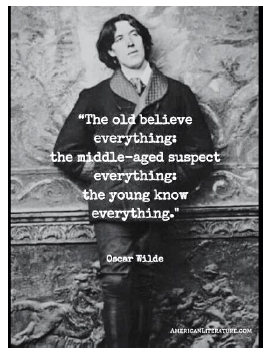
Extracted from https://americanliterature.com/author/oscar-wilde
De acordo com a tirinha, qual o significado de WANDER?


What are the main ideas of the text?
What can one infer by reading the text?
Beetles and flies are becoming part of the agricultural food chain.
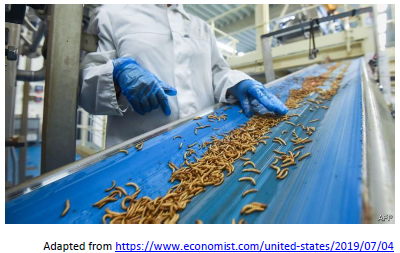
Some visionaries hope that insects will play a big
role in future human diets. Insects are nutritious,
being packed with protein. Unlike hot-blooded
mammals and birds, which use a lot of energy to
keep themselves warm, they are efficient
converters of food into body mass. And in some
parts of the world they are, indeed, eaten already.
Well, maybe. But it will take some serious marketing
to persuade consumers, in the West at least, that
fricasseed locusts or termite burgers are the yummy
must-haves of 21st-century cuisine.
Which sentence below best summarizes the text?
Which alternative shows the best summary of the graph below?
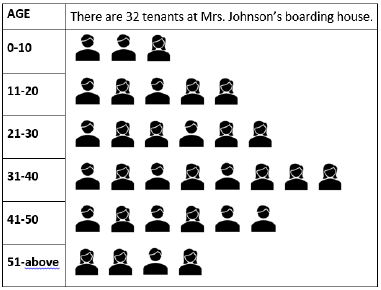
Jane Austen (December 16, 1775 - July 18, 1817) is widely known for her most famous novels. Jane Austen's work features biting social commentary, often delivered with great irony. While her writing was not well known during her lifetime, the 1870 publication of A Memoir of the Life of Jane Austen introduced her to a wider public. Her work is widelyread and admired by modern audiences, who have become quite familiar with Austen's cultural references, including television shows and movies adapted from her work.
